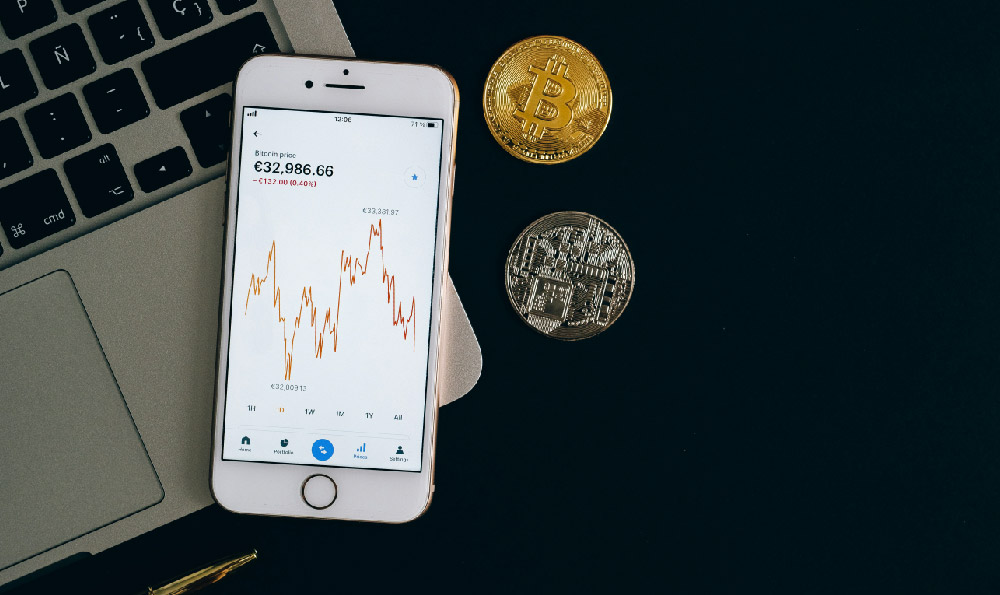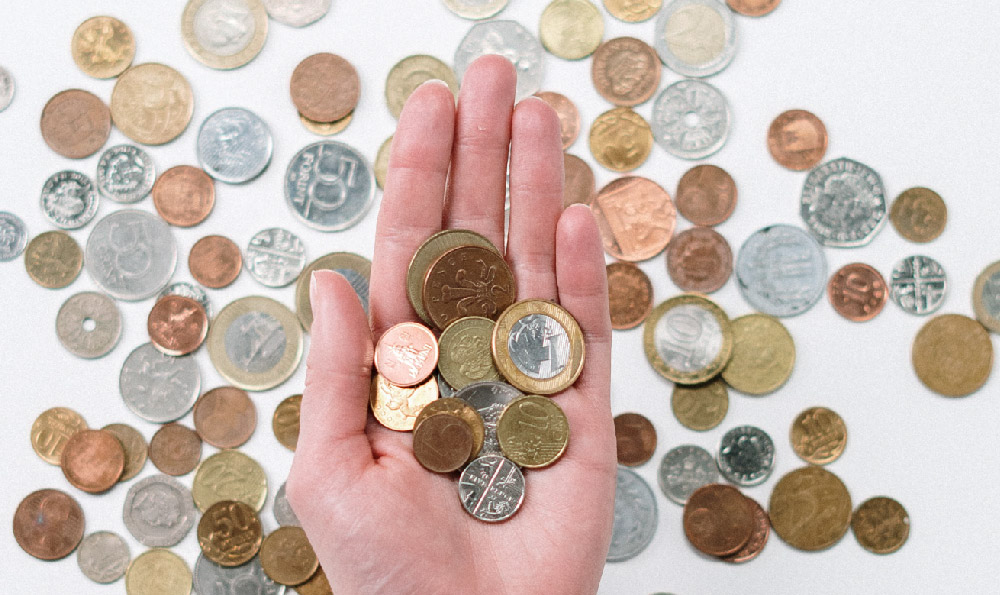The allure of cryptocurrency mining, particularly the idea of generating stablecoins like USDT (Tether), is understandable. Who wouldn't want to passively accumulate a digital asset pegged to the US dollar? However, the reality of USDT mining is significantly more complex and potentially misleading than it appears at first glance. Let's delve into the intricacies of USDT, the feasibility of mining it, and critically assess platforms like Keepbit that claim to offer such services.
Understanding USDT and its Mechanism
USDT, unlike cryptocurrencies like Bitcoin or Ethereum, is not mined in the traditional sense. Bitcoin mining involves solving complex cryptographic puzzles to validate transactions and add new blocks to the blockchain. This process requires substantial computational power and energy. USDT, on the other hand, is a stablecoin issued by Tether Limited. It is supposedly backed by reserves of traditional assets, primarily US dollars, held in custody by the company. When Tether Limited issues new USDT tokens, they are theoretically backed by an equivalent amount of USD in their reserves. When USDT is redeemed, the corresponding USD is removed from the reserves.

Therefore, the process of obtaining USDT is not through mining but rather through purchasing it on cryptocurrency exchanges or directly from Tether Limited, typically with USD or other accepted cryptocurrencies. The value of USDT is maintained near $1 through arbitrage. If the price of USDT dips below $1 on an exchange, traders will buy it up, driving the price back up. Conversely, if the price rises above $1, traders will sell their USDT for profit, pushing the price down.
Why "Mining" USDT is a Misnomer or a Scam
Given that USDT is issued and redeemed by a central entity and not generated through a decentralized mining process, the concept of "mining" USDT is fundamentally flawed. Any platform or service claiming to offer USDT mining should be approached with extreme skepticism. These platforms often operate as Ponzi schemes or cloud mining scams.
Here's why:
- Ponzi Schemes: These schemes lure investors with the promise of high returns, paying earlier investors with money from new investors. They eventually collapse when they can no longer attract enough new participants. The "mining" aspect is just a facade to disguise the unsustainable nature of the operation.
- Cloud Mining Scams: Cloud mining involves renting computing power from a company to mine cryptocurrencies. While legitimate cloud mining services exist for mineable cryptocurrencies like Bitcoin, Ethereum (before its transition to Proof-of-Stake), and others, offering cloud mining for USDT is a red flag. Since USDT isn't mined, the "mining" operation is likely a fraudulent scheme designed to steal investors' money. These platforms might show fake mining progress or pay out small amounts initially to build trust before disappearing with the bulk of the invested funds.
Analyzing Platforms Like Keepbit: Red Flags to Watch For
When evaluating platforms like Keepbit, which allegedly offer USDT mining or similar services, it's crucial to conduct thorough research and be wary of certain red flags. Here are some critical factors to consider:
- Lack of Transparency: Does the platform provide clear and verifiable information about its operations, team, and the technology behind its "mining" process? A legitimate company will be transparent about its business model. Opaque websites with limited contact information and vague descriptions should raise immediate concerns.
- Unrealistic Returns: Are the promised returns exceptionally high? If the platform guarantees profits that seem too good to be true, they likely are. Sustainable investment opportunities rarely offer astronomical returns without significant risk.
- Affiliate Programs: Does the platform heavily rely on affiliate programs to recruit new users? While affiliate programs are not inherently bad, an excessive emphasis on recruitment can be a sign of a Ponzi scheme. The focus should be on the product or service itself, not on incentivizing recruitment.
- Reviews and Reputation: Check for independent reviews and online discussions about the platform. Look for complaints about payout issues, hidden fees, or other suspicious activities. Be cautious of reviews on the platform's own website, as these are likely to be biased. Reputable platforms will have a strong and positive online presence across various independent review sites and forums.
- Regulatory Compliance: Is the platform registered and compliant with relevant financial regulations in its jurisdiction? A legitimate platform will adhere to legal requirements and be transparent about its regulatory status. Lack of regulatory oversight is a major red flag.
- Technology and Infrastructure: Does the platform provide any technical details about its mining infrastructure or algorithms? Given that USDT isn't mined, the absence of such details is a strong indication of a scam. Even if the platform claims to be "mining" other cryptocurrencies and then converting them to USDT, verify the legitimacy of the mining operation.
Protecting Yourself from Cryptocurrency Scams
The cryptocurrency space is rife with scams and fraudulent schemes. To protect your investments, follow these essential guidelines:
- Do Your Own Research (DYOR): Never invest in anything you don't fully understand. Conduct thorough research on any cryptocurrency or platform before investing your money.
- Invest Only What You Can Afford to Lose: Cryptocurrency investments are inherently risky. Never invest more than you can comfortably afford to lose without impacting your financial well-being.
- Be Skeptical of Guarantees: No legitimate investment can guarantee profits. Be wary of any platform that promises risk-free returns or guarantees high profits.
- Use Strong Security Measures: Protect your cryptocurrency wallets and accounts with strong passwords, two-factor authentication (2FA), and other security measures.
- Report Suspicious Activity: If you encounter a platform or scheme that seems suspicious, report it to relevant authorities and online forums to warn others.
- Diversify Your Investments: Don't put all your eggs in one basket. Diversify your cryptocurrency investments across multiple assets to reduce risk.
Conclusion: Proceed with Extreme Caution
The notion of mining USDT is fundamentally misleading. Platforms like Keepbit that claim to offer such services should be approached with extreme caution and subjected to rigorous scrutiny. Always prioritize thorough research, skepticism, and risk management when navigating the cryptocurrency space. Remember, if it sounds too good to be true, it probably is. Focus on legitimate investment strategies and be wary of any platform promising easy profits or unrealistic returns. Protecting your capital is paramount in the volatile world of cryptocurrency.












